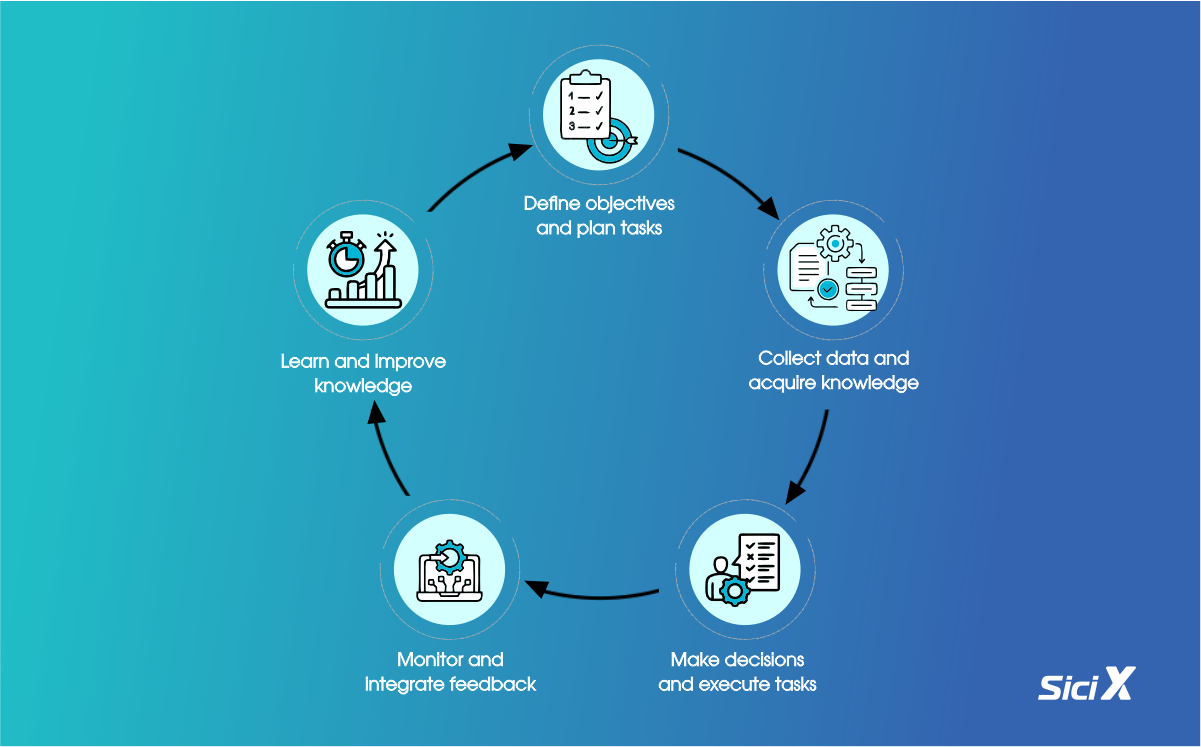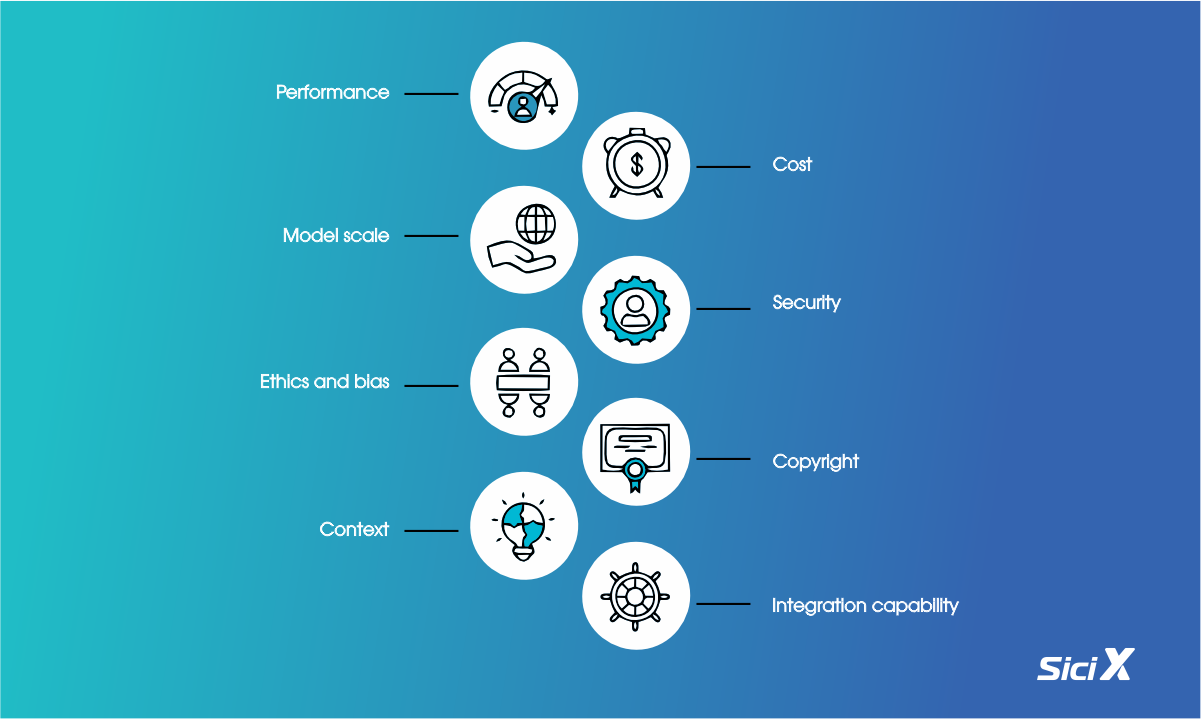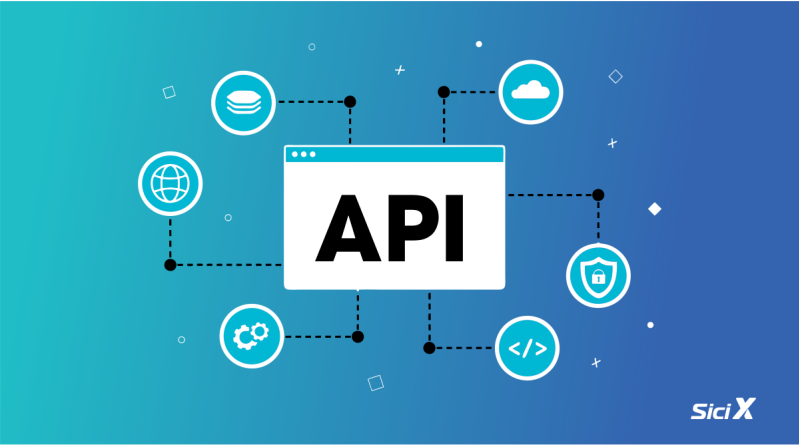On its journey to make artificial intelligence (AI) a core component of its products, SiciX approaches AI not merely as a technological concept but has concretely implemented it through clear tools and processes to ensure practical effectiveness and scalability.
Here are four AI application tools currently deployed and being tested within the SiciX Digital Business Platform ecosystem:
SiciX Agent Applications – Creating and Operating AI Agents
This platform allows SiciX development teams to create and manage AI Agents – intelligent agents capable of automatically performing tasks based on input datasets, APIs, and context-aware responses.
Purpose of AI Agents: user support, data analysis, action recommendations, etc.
How it works: users (admins or technical staff) configure data, APIs, access levels, and desired outputs. AI Agents use Large Language Models (LLMs) and platform tools to process information and provide appropriate responses.
Practical benefits: reduces process handling time, especially in customer service and internal support. It also improves response accuracy using learned internal data and can serve as a virtual assistant in modules such as CRM, HCM, or Digital Office.

How AI Agents operate
Agent Template Libraries – Predefined AI Agent Templates
This tool enables users to select AI Agent templates pre-configured for common scenarios such as report summarization, trend analysis, internal email responses, and content generation.
Advantage: templates are “packaged” with input → processing → output workflows; users simply select, adjust content, or connect APIs if needed, and deploy immediately.
Examples: SiciX CRM is testing the “AI Summary Agent” for automatic call and customer interaction reports. In Digital Office, AI extracts information from administrative documents and proposes responses.
Benefit: reduces deployment time, suitable for non-technical users, increases AI accessibility, and leverages AI capabilities without retraining from scratch.
Choice of LLMs – Flexible Large Language Model Selection
This tool allows users to select an LLM suited for specific tasks, e.g., GPT-4 (OpenAI), Claude (Anthropic), Gemini (Google), or open-source models like Mistral, LLama2.
How it works: the system analyzes task types (data analysis, content creation, email summarization) and recommends an appropriate model. Users can assign or switch models by role (management, staff, customer support).
Benefit: increases AI Agent flexibility and accuracy, avoids dependency on a single platform, enables a multi-model system, controls costs and efficiency, and optimizes user experience based on real needs.

Factors that may affect the choice of language model
Native Integration – Deep System Integration
With Native Integration with SiciX Modules, AI Agents can directly access internal modules such as HR data (HCM), customer information (CRM), document management (eOffice) without rewriting connection interfaces.
Supporting tools: Shared Service API and Data Catalog; AI Agents only require access rights and action targets.
Benefit: rapid system deployment, improved analysis and response efficiency, reduced errors by limiting “mislearning” from external data, and ensures AI understands internal context.

Building AI Agents at SiciX is not only a technological direction but also a clear strategic initiative: embedding AI into business operations in a way that is easy to use, customizable, and scalable.
In the next phase, these tools will be widely tested in high-data, high-interaction modules such as HCM, CRM, and Digital Office. The ultimate goal is to accelerate automation, reduce operational burden, support intelligent decision-making, and ensure sustainable development.
Learn more about SiciX Digital Business Platform: https://sicix.com.vn/san-pham/he-sinh-thai-sicix/


 Tiếng Việt
Tiếng Việt

Block "blog" not found